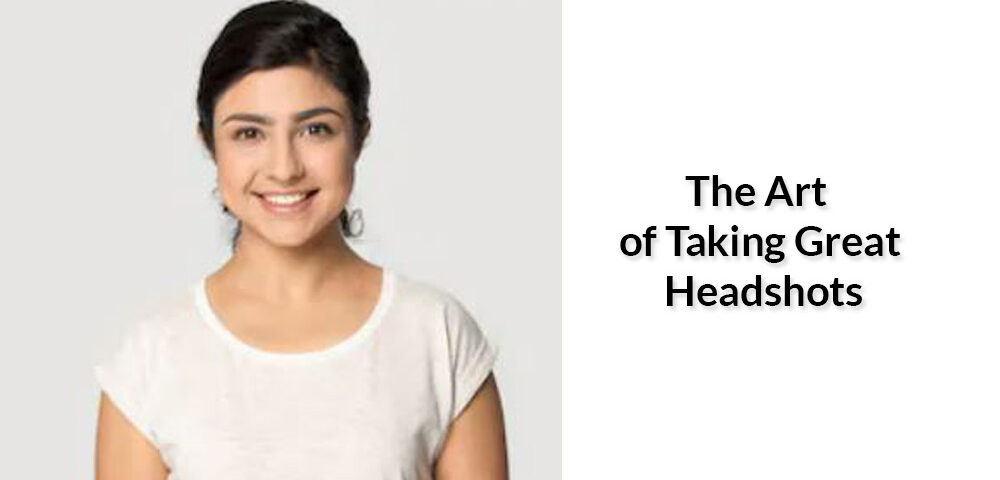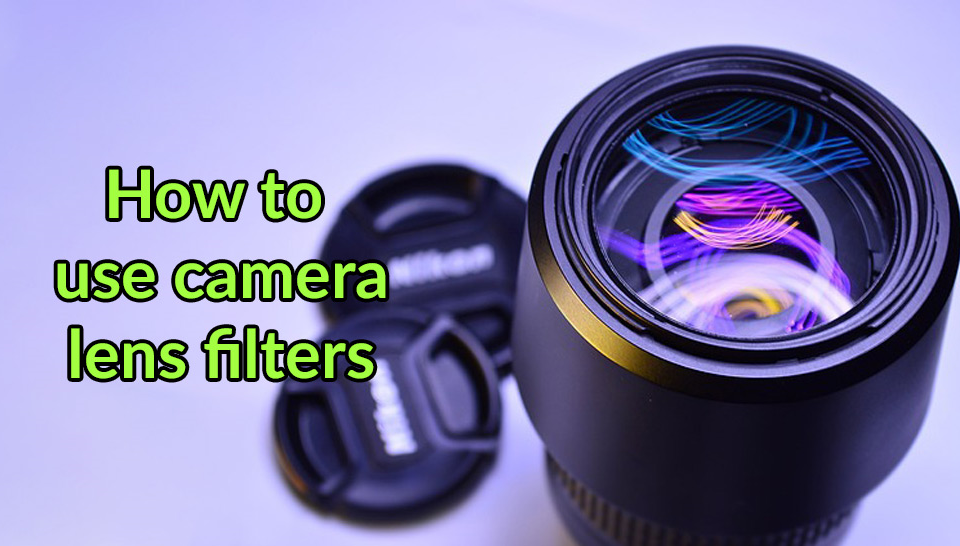The Art of Taking Great Headshots

Headshots used to be largely taken for actors and models, but today, many more people want them for corporate websites and LinkedIn profiles. Therefore, it’s a growing market in photography.
At first, the idea of taking headshots can feel overwhelming. That’s one person counting on you for a great shot to represent them. They’re hoping for a professional photo that they can use countless times, online and offline, to help them get where they want to be. To add to the pressure, your subject may well feel as nervous as you do. They’ll be looking for direction, and they will need you to put them at ease to be able to get a natural shot. As such, your people skills are just as important as your photographic skills.
Taking headshots may look basic — it’s just a face, right? — but it’s not as easy as many think. There are still several technical and creative skills to learn to get a professional-looking shot that both you and your subject will be pleased with.
Follow these tips from corporate portrait photographers to get started on taking great headshots.
Table of Contents
1. Start with a conversation
Lots of photographers will take bookings online or via email. It’s a really efficient way of doing business. However, for headshot photography, it’s crucial to have some conversational contact before the shoot. Brief, written communications are not likely to reveal much about the personality of your subject. And, of course, this is what you will need to capture in your shoot.
Try to have a phone consultation, or better yet, a face-to-face conversation before the day of the shoot. Firstly, this will help put your subject at ease. If they feel they have gotten to know you, they will relax more in your presence. This is crucial for getting natural-looking shots. Secondly, you can gather more information that will inform some of your creative decisions. For instance, where do they expect to use these shots? What mood and characteristics do they hope to convey?
2. Discuss clothes and makeup
Which outfit to wear and how much makeup to apply is clearly a personal decision for your subject. However, it is worth guiding them with some principles that will help them get a classic, sophisticated shot.
Headshots are all about the face — and more particularly, about the eyes. Clothes shouldn’t steal attention. Most people wisely choose neutral colors like grey, pale blue, white or black in shades that complement their eye and skin color.
As for makeup, there’s no need to wear a lot, especially if your subject doesn’t usually apply much. Too much makeup can make for an artificial-looking portrait. It is usually wise to opt for natural-looking makeup. Remind them that touching up the image after the shoot is a possibility. If your subject doesn’t want to wear makeup, a little powder or some blotting papers can remove a potentially awkward sheen from the face.
3. Organize your lens and lighting
85mm and 135mm lenses are the most popular lenses for portrait photography. These both allow a decent working distance between the photographer and the subject, with a narrower field of view. With a 50mm lens, you are going to need to get uncomfortably close to get a decent shot.
85mm lenses with either f/1.8 or f/1.2 apertures are great for head and shoulders shots. For tighter shots, a 135mm lens is the ideal option and is in most portrait photographer’s tool kit. It gives that lovely background blur that really makes the face stand out.
Lighting is something that you will want to experiment with as your headshot photography progresses. However, a classic, evenly lit shot is a good place to start. Place a softbox above and just in front of the subject. A reflector can be placed on the subject’s lap to help reduce shadow under the chin.
4. Pose your subject
A classic headshot pose is to sit with the body turned 45 degrees away from the camera. The face points directly at the camera with the eyes looking straight down the lens. A seated position helps your subject relax and produce more natural images. Sit them well in front of your background of choice so that it blurs and the focus is only on the subject. This will prevent distracting shadows if you are using very plain, light-colored backgrounds, too.
Focus on the eyes. The eyes communicate so much about a person and it is these that will “speak” to the audience of the finished image.
Think about the angle you shoot from, too. Taking your image from slightly below can make somebody look stronger or more powerful. Shooting from slightly above will have the opposite effect. Shooting straight on typically looks the most open and friendly.
5. Keep talking
Keeping your subject engaged in a light-hearted conversation throughout the shoot will help them relax and feel less pressured to “pose.” This way, you should capture plenty more natural smiles. Of course, if your subject wants a more serious shot, you’ll have to adapt to the nature of the conversation.
The idea is to distract your subject from feeling self-conscious. Remember that you are focusing on the eyes up close, so if your subject feels nervous, it will show up through their eyes in your images. Do what you can to keep them feeling positive to encourage natural posture and expressions.
If you can, shoot tethered so that you and your subject can discuss the shoot as it goes on. Their feedback can be valuable and it ensures that both parties finish the shoot knowing there are some good images waiting to be edited and polished. However, avoid being too critical of their pose when discussing results; this will only induce nerves and make it much harder to get a good shot from this point.
Despite its seeming simplicity, headshot photography isn’t as simple as merely pointing a camera at a person close up. There are technical skills to master, and plenty of further techniques to learn as these skills advance. Furthermore, a photographer’s people skills can be as important as their artistic skills in this area of photography.
















1 Comment
It was really nice to read. Thanks for sharing!